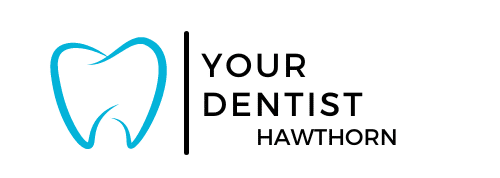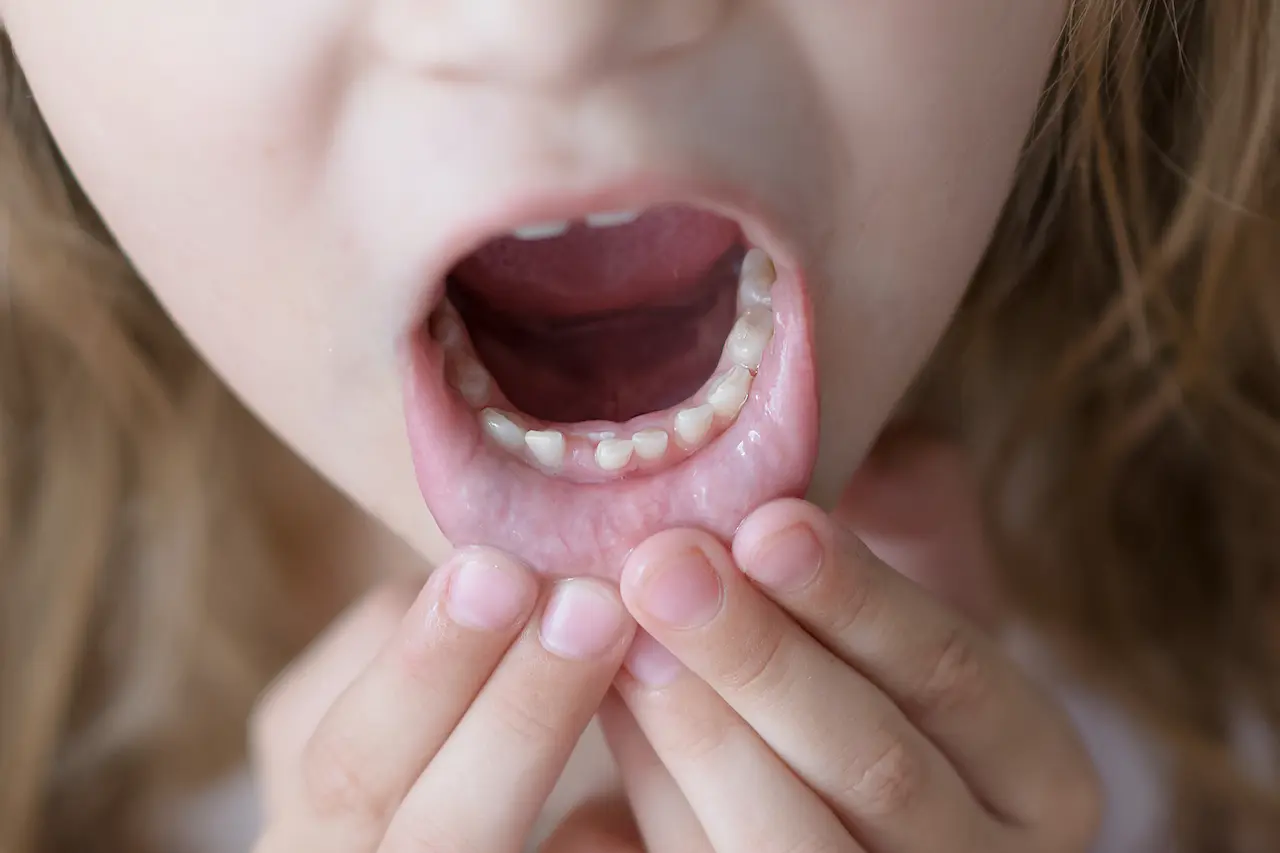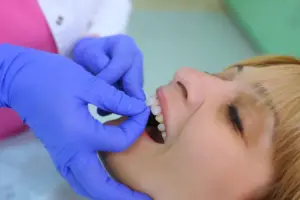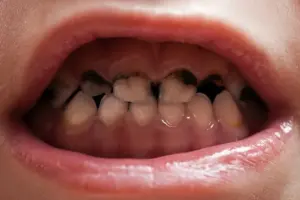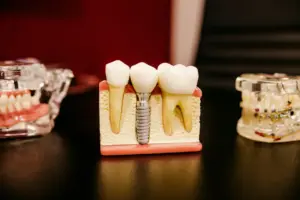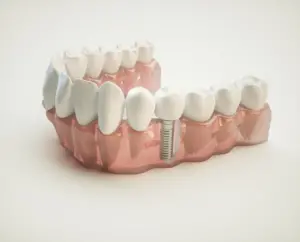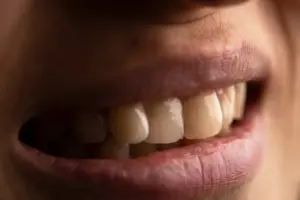Caring for Children’s Teeth: Tips on Maintaining Healthy Teeth
Table of Contents
ToggleWe are often most concerned about our children’s health. A healthy mouth is essential to your child’s future success. This article will cover the best ways to give our children beautiful smiles.
Oral Health and Children
To prevent the spread of harmful bacteria or tooth decay, it is essential to instil good oral hygiene habits into your child’s life while they are still young. Dental disease can affect more than just pain and infection. It may also impact speech development, appearance, and self-esteem. Children with poor dental health can develop a bad self-image that can lead to depression.
Insufficient dental care can also affect your child’s school performance. A study conducted to determine the impact of poor child dental care found that children who have poor oral hygiene are more likely than others to miss school or receive lower grades. Children with dental pain or other problems are less likely to attend school and receive lower grades.
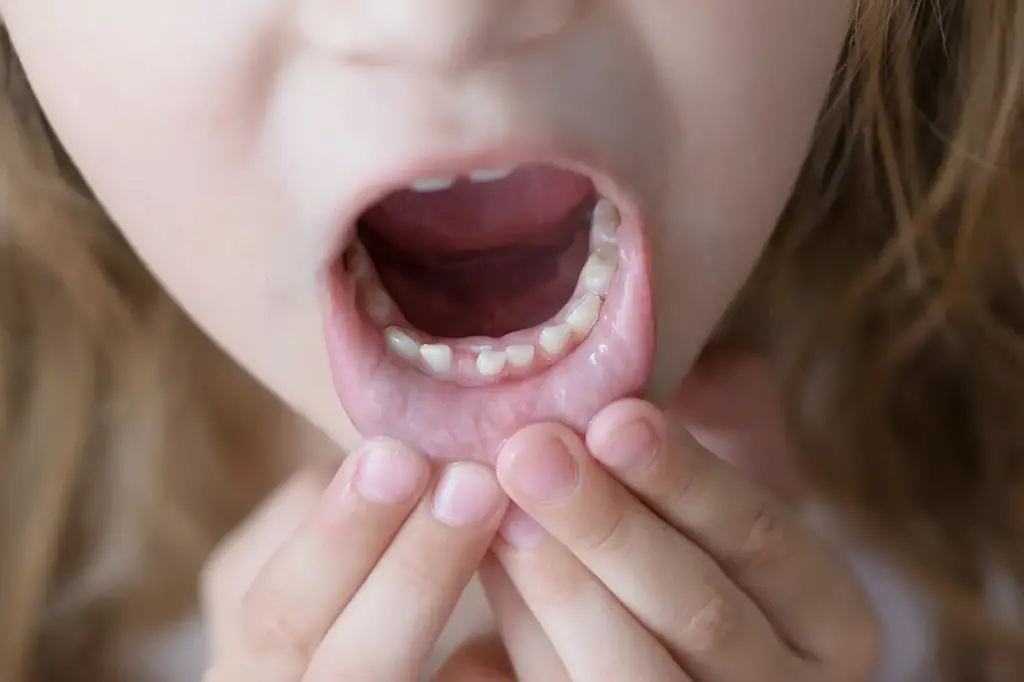
Your child’s dental health can also affect their growth and development. A child with poor dental hygiene may have difficulty eating healthy food, leading to difficulties speaking and problems with their jaw or bone development.
It is important to teach your child how to properly care for their teeth. This will help them succeed in school. Check out some ways that we can help your child succeed.
How to Care for Children’s Teeth
1. As Soon as Teeth Come in, Clean Them
The two front lower teeth will be the first to appear when your child is 6 months old. Wipe these teeth gently with a soft, clean cloth, gauze or finger. After 12 months of age, you can start using a soft baby brush. At 18 months we can add a small amount of fluoride toothpaste to the brushing. You should start flossing when two teeth touch. The primary teeth of a child are 20. Between 6-14 months, they begin to emerge. Most children will have 20 baby teeth by the age of 2.
2. Brush your children’s teeth twice a day
Early childhood is the best time to teach your child good brushing habits and make it fun. Make them look at the mirror in the bathroom. Use positive and gentle words to describe what you’re doing. Use only positive words and avoid harsh or double negatives. Use ADA-approved children’s toothpaste to explain how your teeth become whiter, brighter, and shiny. Around age 2, your child should be able to spit. This is important so the child doesn’t swallow too much toothpaste when brushing.
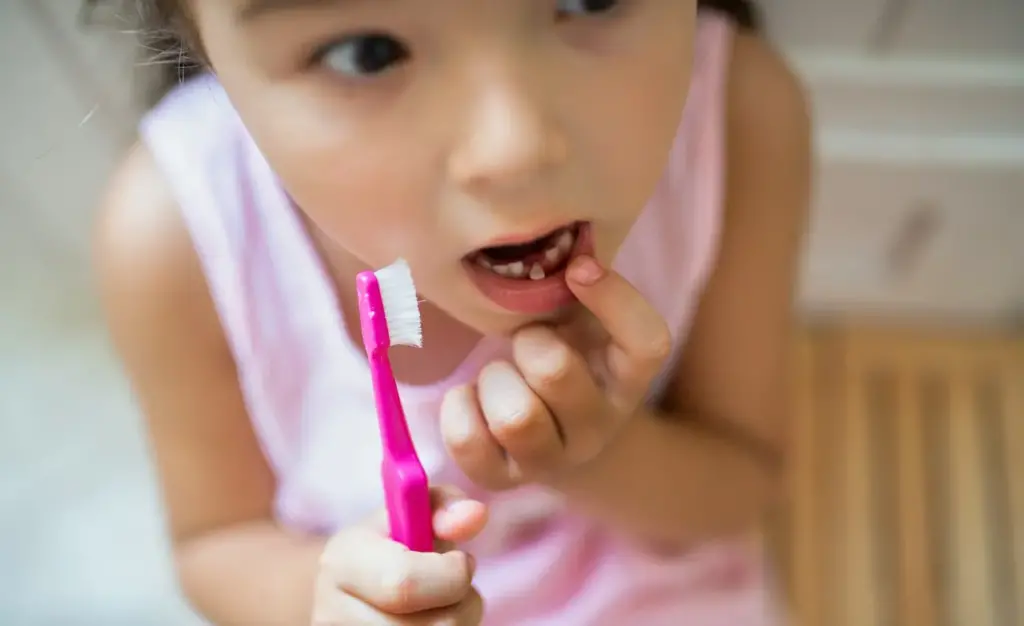
3. The Bottle
It is not advisable to put a child to bed with a milk or juice bottle after the baby’s teeth have come in. Sugar can cause Nursing Bottle Syndrome and lead to rapid decay of a baby’s teeth. You can instead put water in the baby’s bottle and wean it onto a sippy as soon as you can. You can also use an orthodontic pacifier instead to calm the child before they go to bed.
4. Fluoride in Toothpaste
Although fluoride plays a vital role in children’s oral care, it is still important to brush, clean, and wipe. Start brushing your child’s teeth at the age of 6 months, when they first appear. When teeth are still young, wiping them clean with soft gauze works just as well as using a child’s soft toothbrush.
Enamel is the outer layer of our teeth and is one of the hardest substances in our bodies. When the bacteria in our mouth react with sugar in food, they form an acid that eats away the enamel. Fluoride prevents decay by combining with enamel and making it more resistant to acids. At 1 year old, a tiny smear ADA-approved child’s toothpaste can be used. Most children can spit by age 2. This is very important. We increase the amount of fluoride toothpaste at this age to the size of peas.
Around this age, children have twice as many taste buds as adults. They taste fluoride more than we do. Fluorosis can be caused by too much fluoride, which discolours the teeth or causes crazes to form in the enamel. Fluoride at the right levels can reduce dental decay. We recommend that a fluoride-containing dental varnish be applied gently to your child on their first visit to the dentist. This should take place between 6-12 months. Doing this twice to four times per year should ensure that your child has a cavity-free mouth. The triad for good dental health is to brush twice a week for two minutes each time, limit sugar and use fluoride.
5. Keep a Low-Sugar Diet
We try to prevent dental decay among your children. Sugar, in its simplest form, sucrose, is essential to prevent decay. You should not allow your child to consume processed or refined sugars such as candy, ice creams, prepackaged snacks and drinks, gummy bears, cola, sports drinks, dried fruits, honey, orange juice, fruit drinks, milk, raisins, cakes, sugary cereals and even some bread. Moderation is the key to success in this effort, even though it may be difficult. Enzymes in our saliva break down the sugars to form sucrose. The sugar will be absorbed by bacteria that are in balance in the mouth (specifically Streptococcus mutans). Dental plaque is the name of this mush. Acid is produced by the reaction between the bacteria and sugar. This acid starts to wear away the enamel on the outside of your teeth. Dental decay is the result of this process, which leads to cavities. If the cavities aren’t treated quickly, they can lead to serious infections, leading to extensive dental work, such as root canal therapy or extractions.
In moderation, xylitol (a sugar alcohol that is found in sugarless chewing gum) can be used as an alternative to sugar. Lactose, or sugar, is found in milk. The teeth of babies can be damaged by prolonged contact with bottles containing milk, juice or other sugary liquids. Even pacifiers that were dipped into sugar during naptime have caused caries. If you use a bottle to pacify your child, we strongly recommend that it be filled with water. Remove the bottle from your baby’s mouth as soon as he falls asleep if you are going to put him to bed with milk. This will prevent his upper teeth from being soaked in lactose. We are happier when your child is using a cup instead of a bottle. The magic key to a healthy mouth for your child is cleaning the mouth with wipes. Gently brushing the teeth, flossing them if they are in contact, with fluoride and reducing sugar intake.

6. Healthy Foods to Maintain Healthy Teeth
Maintaining your child’s dental health is important. Some of the best options are:
- Water (lots and lots of water throughout the day)
- High Fiber Vegetables
- Nuts/seeds
- Fruits rich in Vitamin C (apples, pears and oranges are the best),
- Bananas (they contain Vitamin C, B6, potassium, magnesium and fibre. I like them for their “peel”).
- Sugarless gum with xylitol
- Dairy Products
- Protein (fish, poultry, lean meats).
7. Sealants
Sealants can prevent cavities on the posterior molars by 80% for two years, and 50% for four years. Sealants are thin plastic coverings that can be painted onto the fissures and cracks of the permanent teeth between the ages of 5-14. When a curing lamp is used, it hardens within seconds. It is an inexpensive and painless procedure we find to be very valuable.
8. Regular Checkups
At age 1, we want to see your child six months after your first lower baby tooth has erupted. We want your child to get used to going to the dentist in the most comfortable conditions so that they can form a bond with the dentist and enjoy their visits. You should schedule the visits when your child is most cheerful and alert. Talking to your child or reading them books can also help make the first-time visit fun. We usually want children to visit us twice a year. The children will be given a thorough oral exam, a gentle cleaning and polishing of their teeth and, as they age, fluoride will be applied. This treatment ensures that even the smallest of pathologies is caught in their earliest stages.
Interceptive Orthodontics is an example. Early intervention can improve future outcomes through the correction of malocclusion or a poor bite and by guiding teeth eruption. This is done using a fixed or removable device. All cavities will be treated. It is important to treat cavities in baby teeth so that permanent teeth below will not be damaged. We will also reinforce preventative measures that can help to stop the formation of cavities. You can also bring up any concerns, such as excessive thumb-sucking or teething issues.
